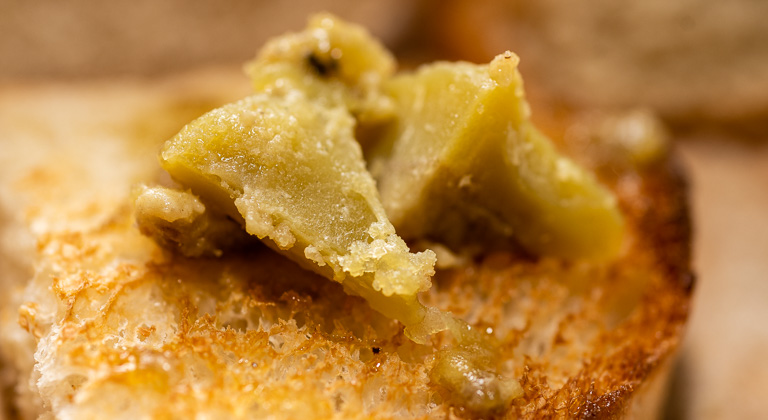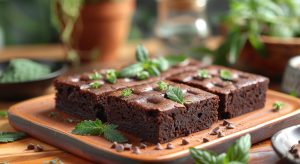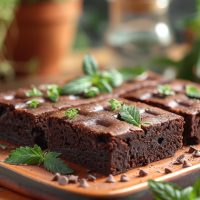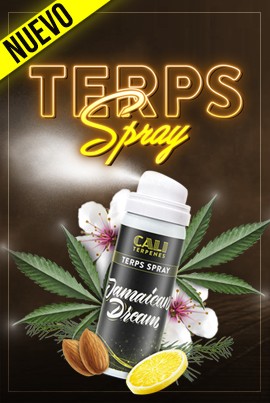Edibles: A Healthier Way to Use Cannabis
Many of you ask us about recipes that include cannabis, cannabis cooking, or healthier ways to consume cannabis that don’t involve smoking.
Smoking damages the respiratory system, there’s no argument about that. That’s why there’s an increasing commitment to risk reduction when using cannabis; for instance, with the use of vaporizers, to prevent cannabis from heating to such high temperatures as it would during combustion, thus avoiding certain toxic substances.
Nowadays, with all the recent respiratory virus alerts, a lot of people are asking us what they can do to continue using cannabis without damaging their lungs. Well, besides vaping, you also have the option of making your own cannabis edibles, also known as “medibles” (i.e. medicated edibles).
Just keep in mind that cannabis edibles produce a stronger and longer lasting effect than smoked cannabis, so you need to be very cautious. To start, we’ve chosen a classic recipe made with cannabis buds: cannabis butter.
What is Cannabis Butter and What is it Used For?
As the name suggests, cannabis butter is butter that has undergone a process in which it has absorbed (for lack of a better term) various cannabinoids and compounds from the cannabis plant.
This butter is widely used among cannabis culinary enthusiasts as it is a simple way of adding psychoactive or medicinal effects to any recipe. A delicious cannabis butter can also be spread directly onto a piece of toast or a cookie. This is a way of getting the effects of cannabis without the smoking, so you’re caring for your respiratory system at the same time.
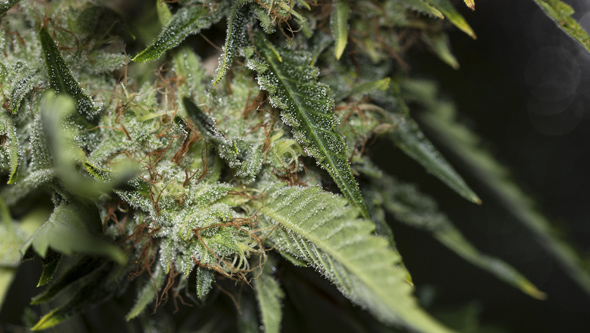
Cannabis Cooking: Same Substance, Different Effect
If you’re going to use edibles that contain THC (i.e. the primary psychoactive component of cannabis), you need to bear in mind that the effects will be different from those you get when you inhale cannabis:
- When smoking, effects kick in almost instantaneously, so it’s very easy to work out when you’ve reached your desired level of psychoactivity. Once you’ve consumed cannabis edibles a few times, you’ll get a better understanding of your tolerance to them; but best to be cautious at the beginning and start with low doses until you find the right amount for you, so you don’t have to endure a bad experience. To this end, we always recommend keeping in mind the quantities of all the ingredients you’re going to use (especially cannabis).
- After ingesting cannabis edibles, the effect starts to kick in after half an hour/an hour, and lasts for longer. In some cases, the psychoactive effect can last several hours and be highly intense.
Things to Keep in Mind if You’re Going to Use Cannabis Edibles
- We highly recommend starting with a small amount (especially if it’s your first time) and gradually increasing the dose. If, after some time, you don’t feel anything, it’s a good idea to wait for an hour before ingesting more.
- You won’t be “cooler” for eating more than your friends: if you overdose, you’ll spend several hours regretting it. The commonly known “greening out” or “whiteying” episodes are not pleasant at all, and are much more intense and long-lasting if you overdo it with cannabis edibles.
- If, instead of preparing the recipe with cannabis, you do it with a concentrate like rosin, clear or BHO, the THC concentration will be even higher, so you should be particularly cautious.
- Since the effect of edibles is stronger, you don’t need to use your best cannabis for them, as you’ll still get a noticeable effect with old buds or with the remains of the manicuring that still contain resin. Edibles are a good option for making use of these leftovers whilst keeping your quality buds for other uses.
- Raw or uncooked cannabis virtually has NO psychoactive effects, as THC needs heat or oxidation to be activated (which occurs when you smoke or vaporize it, for example). Therefore, you’ll need to use the cannabis decarboxylation technique to make it effective in your edibles.
Note: If you’re only looking for the benefits of cannabis and the flavor it provides, but do NOT want to “get high”, you can use CBD flowers from strains like Only CBD, and add terpenes for extra flavor and effectiveness (the latter should be added during the cooling process).
CBD edibles can provide a sense of well-being since CBD stimulates the natural response to situations of stress, anxiety or pain, and is a good tool for the treatment of some diseases. Moreover, CBD edibles have no psychoactive effects, so there’s no need to worry about “getting too high”.
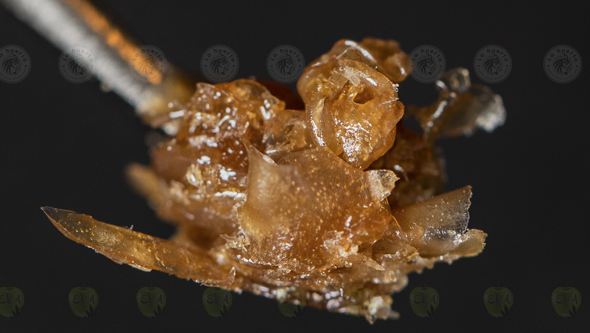
How to Decarboxylate Cannabis
For the ingested cannabis to produce psychoactive effects, it must be decarboxylated before adding it to the preparation. Decarboxylation is the process that transforms THCa (the acidic form of this cannabinoid) into THC (active form).
When cannabis is smoked or vaporized, it is decarboxylated by the combustion in the cigarette or by the hot vapor or air when vaping. However, if you’re going to eat it, a preliminary decarboxylation will be necessary.
You might come across a cannabis recipe in which a prior decarboxylation of cannabis is not indicated. This could be because, in that recipe, the cannabis gets heated at some point throughout the cooking process. Nevertheless, even though cannabis becomes partially decarboxylated when cooked (thus causing a psychoactive effect), the majority of it is wasted.
That’s why cannabis butter is such a useful tool in cannabis cooking, as you’re guaranteed to be adding an ingredient with all its psychoactive potential, since the decarboxylation process of cannabis is taken into account when making it.
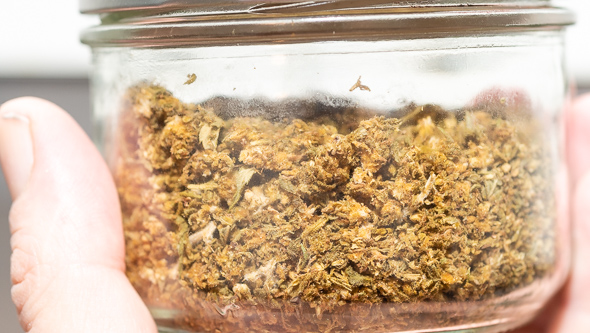
Next, we’ll explain the simplest methods to decarboxylate cannabis:
Decarboxylating Cannabis in the Oven
The first thing you should do to “activate” the components of the cannabis flowers through this technique is to weigh the cannabis or cannabis extract that you’re going to use on a precision scale. Doing this will help you find the right ratio for you, both for now and for the future.
Materials Required
- Oven tray
- Aluminum foil
- Oven
Steps to Follow
- Place the cannabis in the tray and cover with aluminum foil.
- Set the oven to minimum, around 100-115ºC
- Wait about 30-45 minutes.
- Remove the cannabis from the oven.
*Beware!: this decarboxylating technique can leave a strong cannabis smell in the kitchen; so, if you’re looking for a more discreet method, we recommend cooking it in a bain-marie.
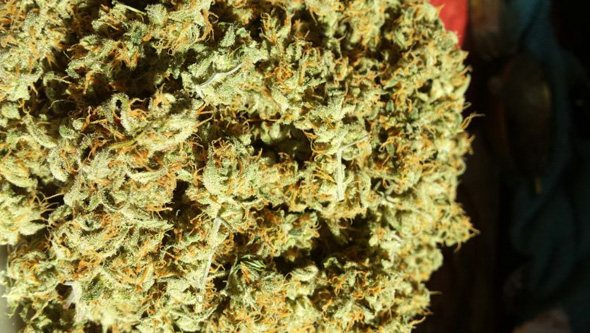
Decarboxylating Cannabis in a Bain-marie
This technique is also very effective for decarboxylating cannabis and, above all, it’s the most discreet, as it barely releases any smell.
Materials Required
- Glass jar
- Plastic wrap
- Pot
- Water
Steps to Follow
- Place the weed in the jar and close it tightly.
- Wrap the jar in plastic wrap.
- Cook it in a bain-marie (in a pot with water with the lid on) for an hour or more.
- After this time, remove the jar and let it cool to room temperature without opening it.
*Avoid cooling the jar with cold water to prevent the glass from cracking.
Once you have your decarboxylated cannabis, you can use it to make butter or other cannabis recipes.
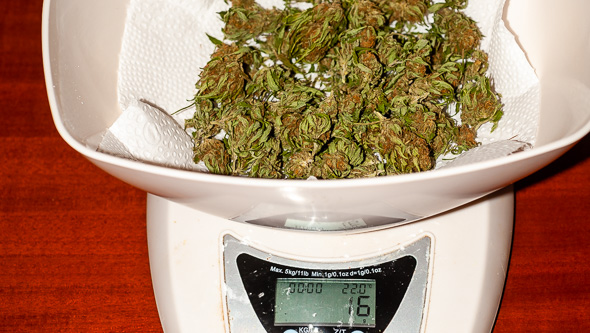
Now that you understand what the process of cannabis decarboxylation is and how to do it, it’s time to explain the step-by-step process of how to make cannabis butter. Keep reading because this is what you’ll need:
Ingredients Needed to Make Cannabis Butter
- Water
- Butter (you can also use homemade butter, but it must contain a high amount of fat, since THC is fat-soluble).
- Cannabis buds or trimmed leftovers that have been previously decarboxylated.
Steps to Follow
For every 10-15 grams of cannabis or 20-30 grams of leftovers, you’ll need to use 300-350 ml of water and 125 g of butter. The proportion of weed can vary depending on its quality, the decarboxylation process, personal tolerance to THC…
We recommend always using the same cannabis / butter ratio to better control the final potency of the cannabis butter and ensure a good “trip”.
You can vary the amount of water depending on the pot that you’re using: If it’s a wide pot, you’ll need to use more water; if it’s narrower, then less.
- Heat the water, the weed and the butter on low heat.
- Let it boil for at least half an hour to an hour.
- Strain the mix to separate the leftovers from the THC extract.
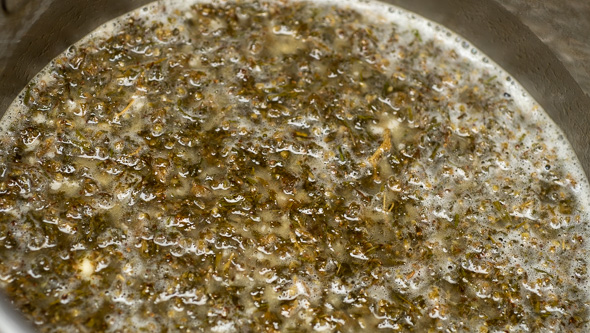
- Small tip: during this process you can add terpenes to enhance the butter’s aroma, taste, and “entourage effect”. After a few hours, you’ll see how the butter becomes solid on the surface and the water with the leftovers remain below.
- Drain the water and collect the cannabis butter.
- Store the butter in a suitable jar or container. That way, you can preserve it for months in the freezer.
- Enjoy!
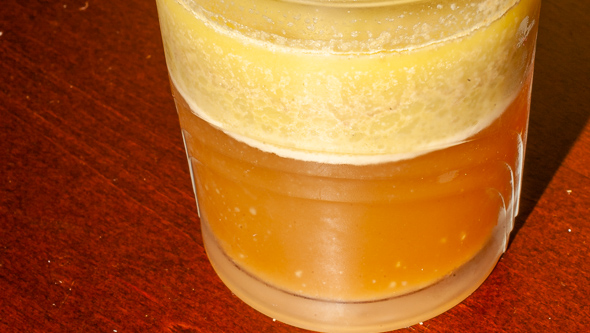
Try spreading it on a piece of toast or cookie, or adding it to another recipe. We also recommend it mixed with a dessert or uncooked meal so it doesn’t lose its potency and flavor. You can melt the butter and mix it with cream, with a cake filling, etc.
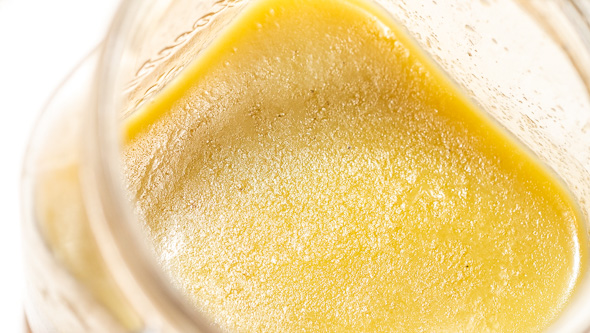
If you have any questions or want to share your opinion with us, leave us your comment.
We hope you have a great time with this recipe!
La Huerta Grow Shop
